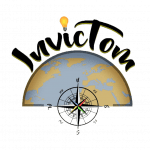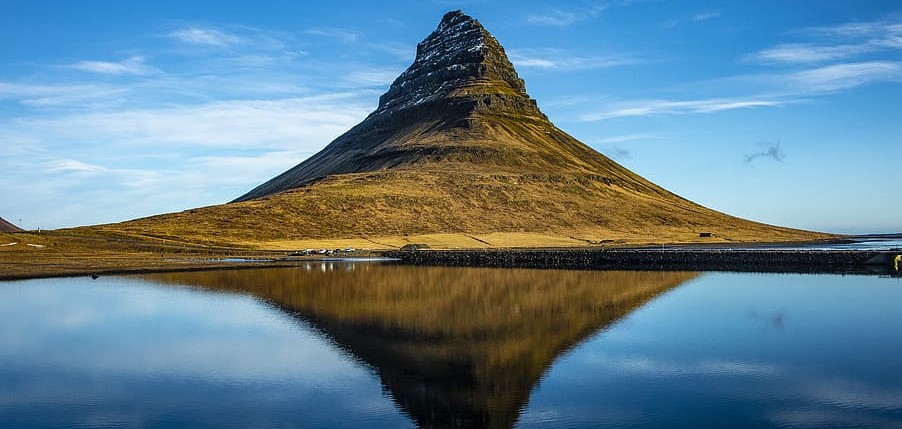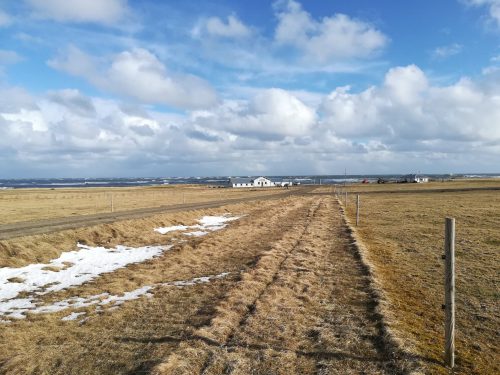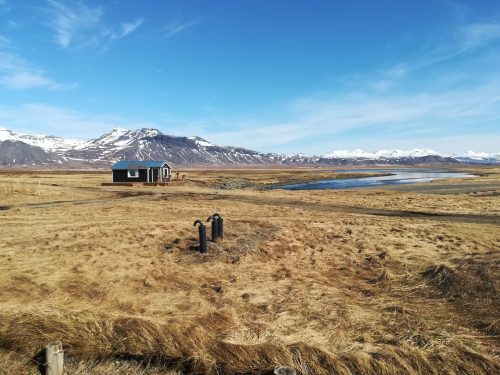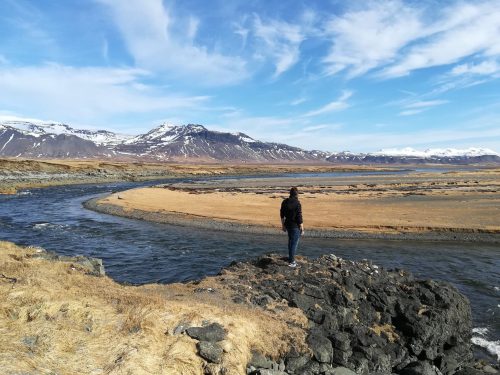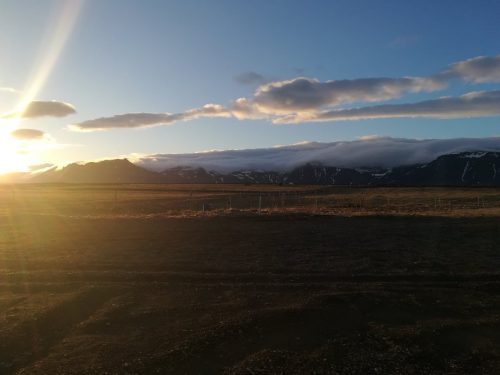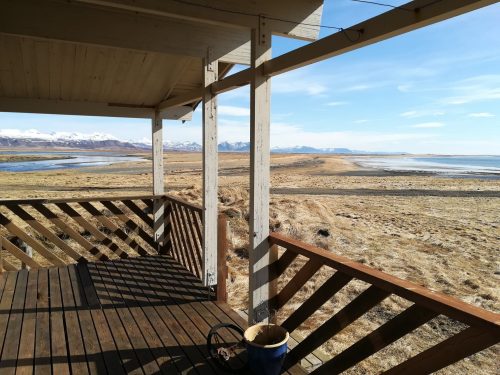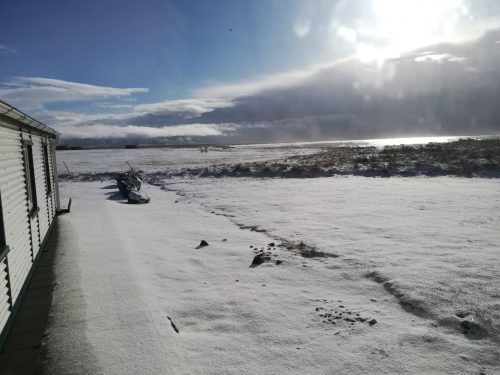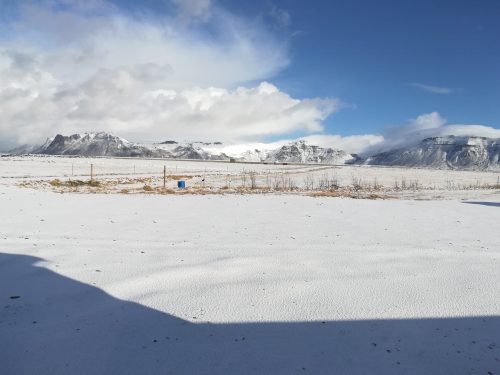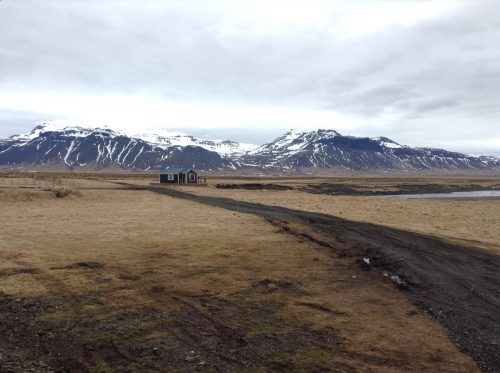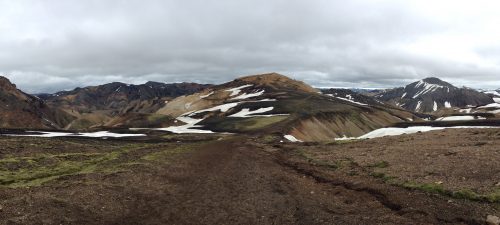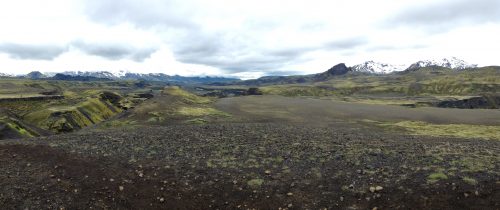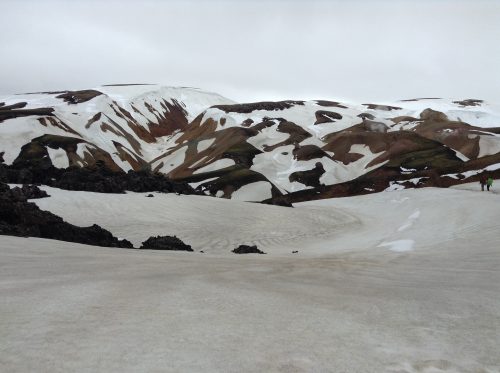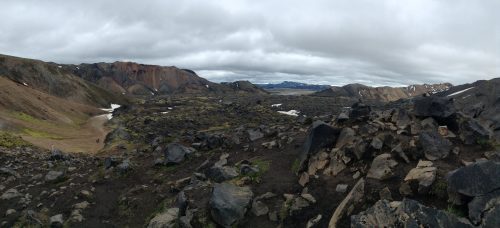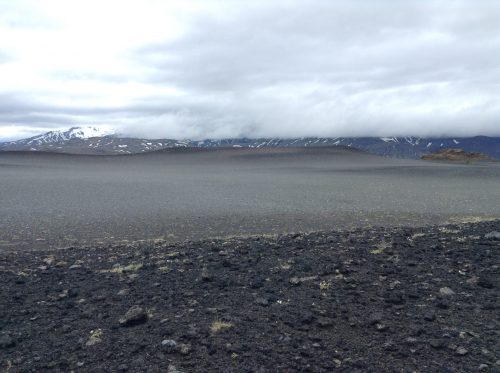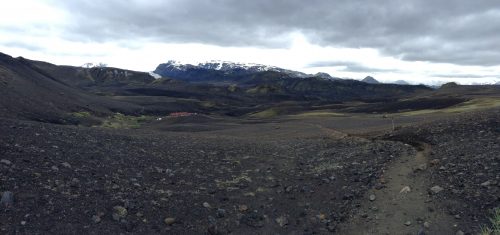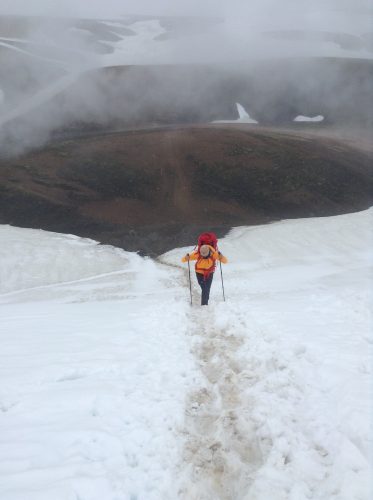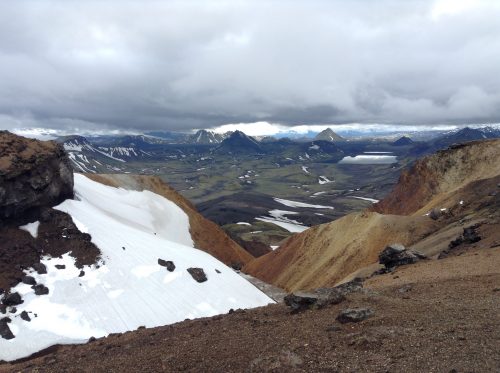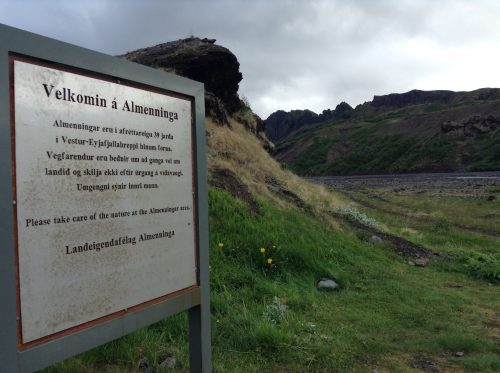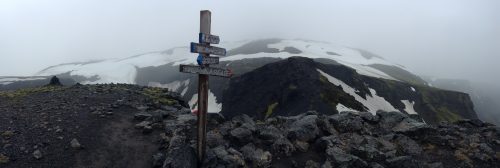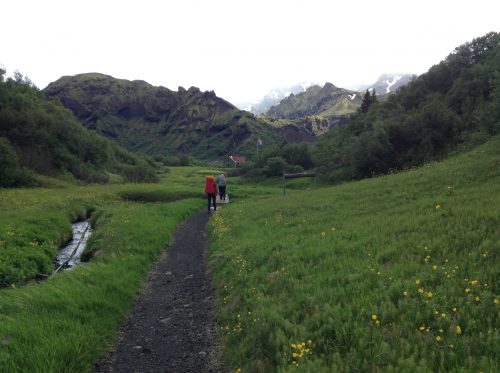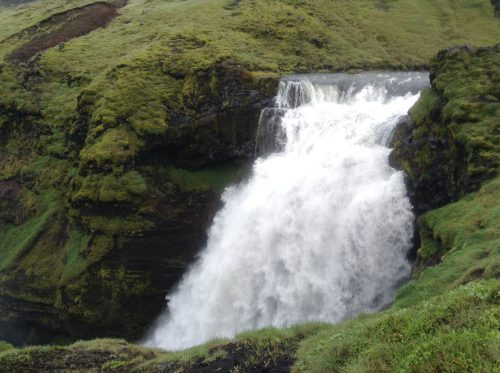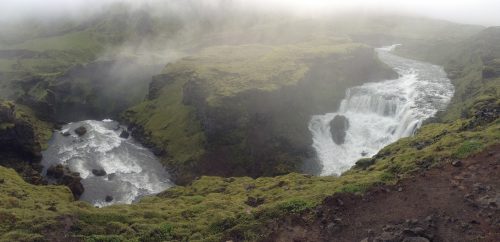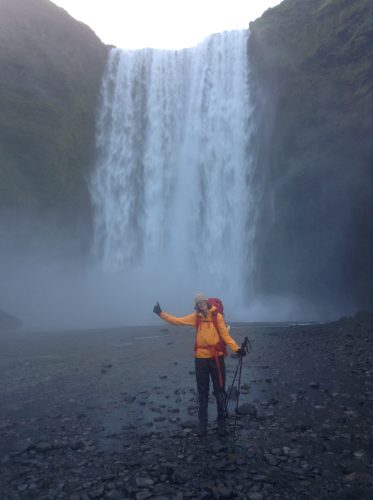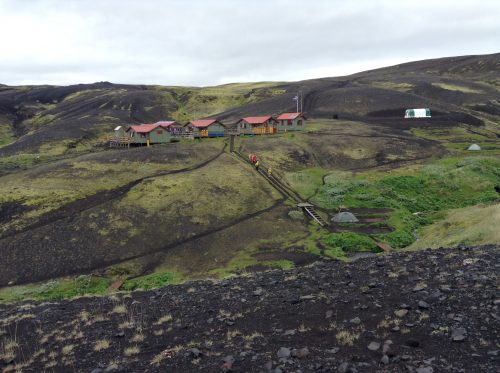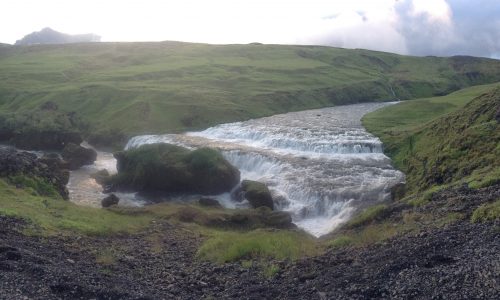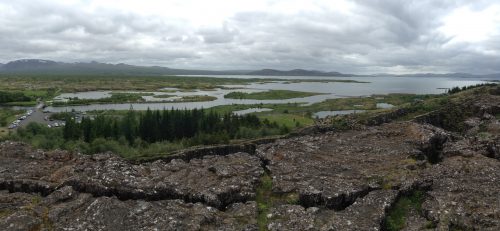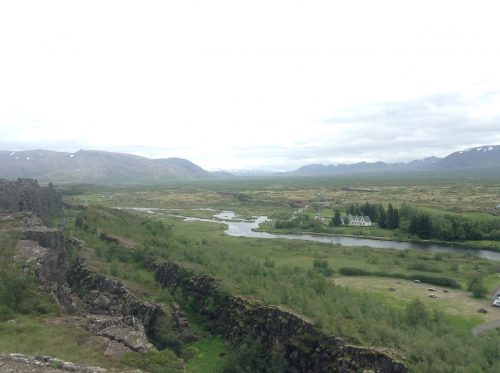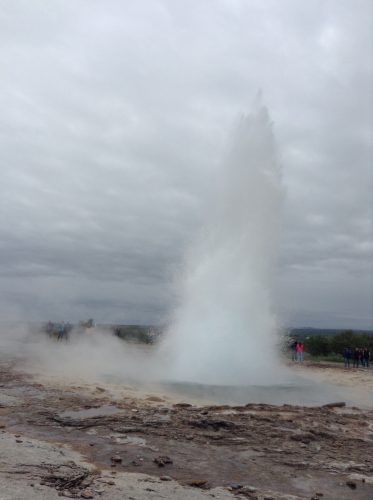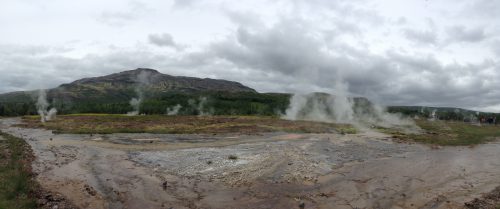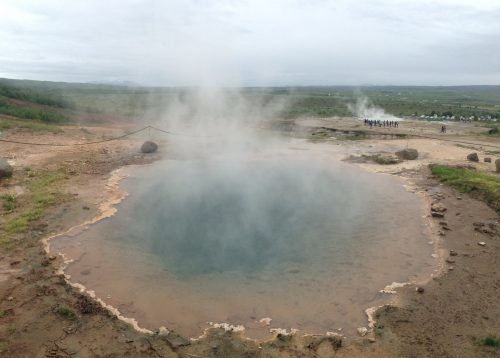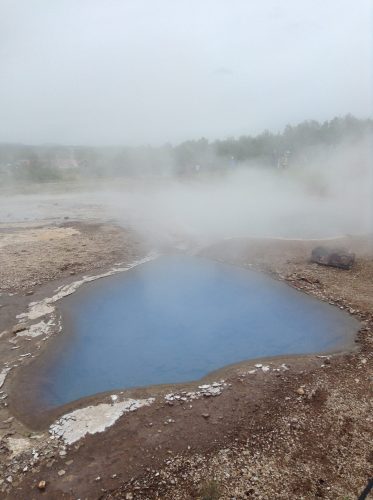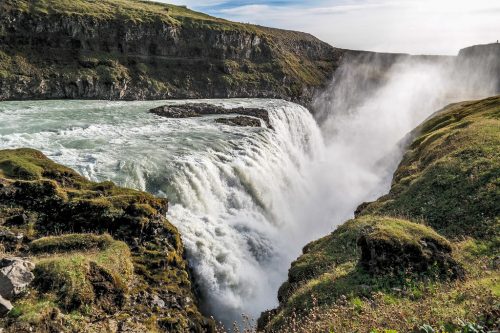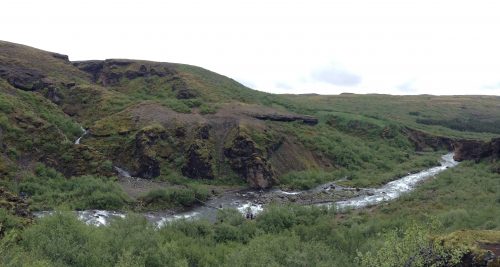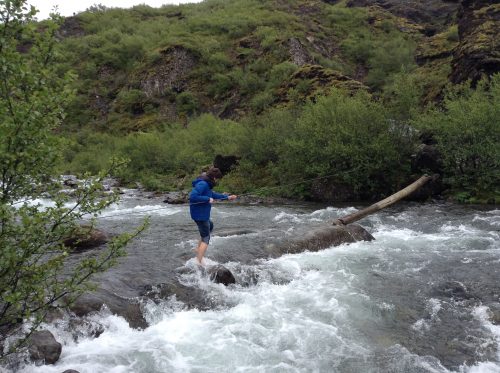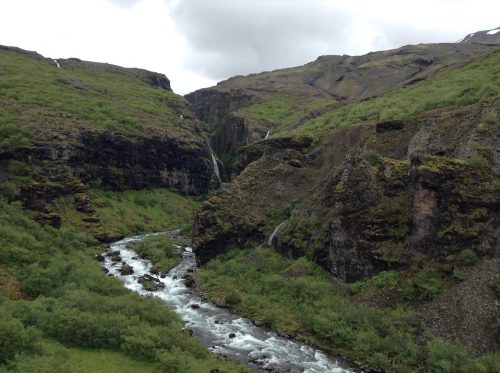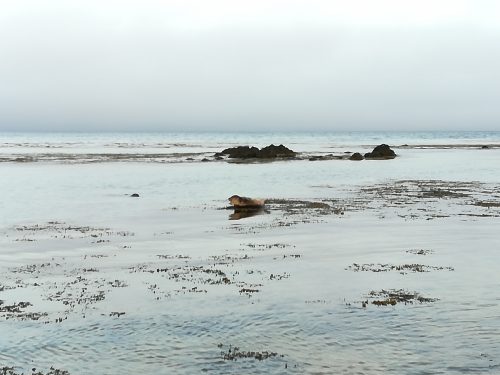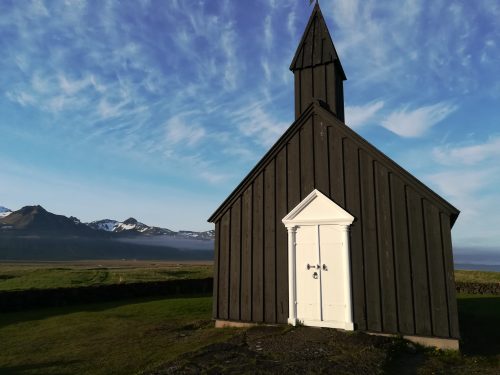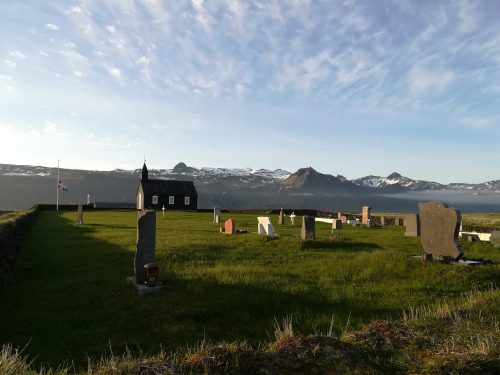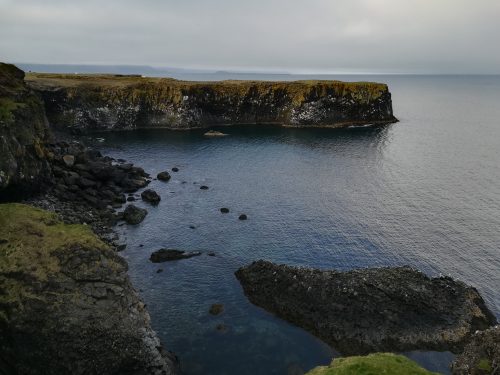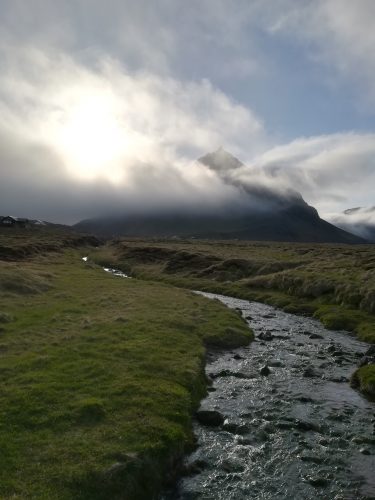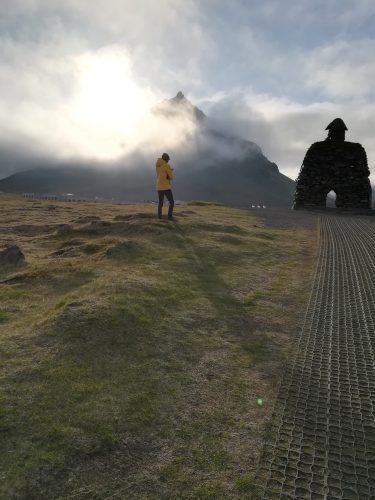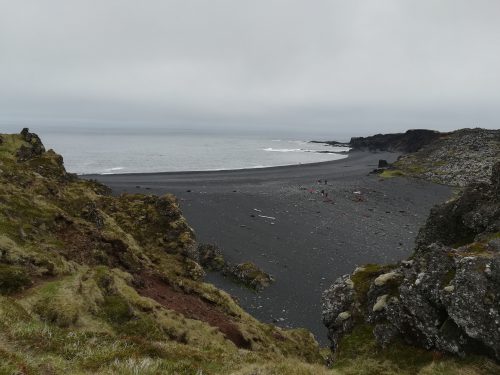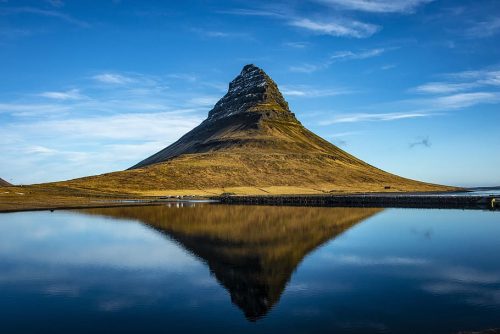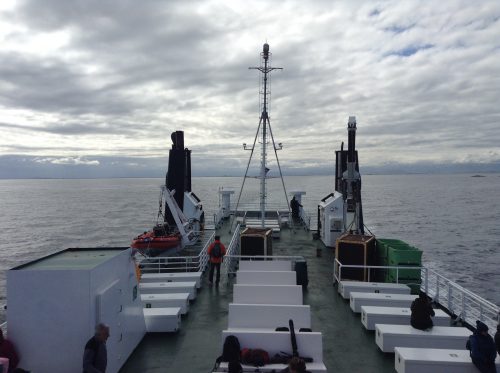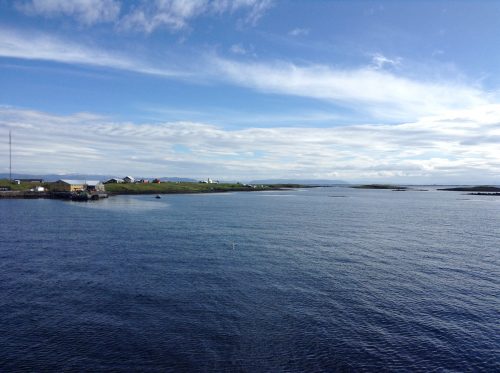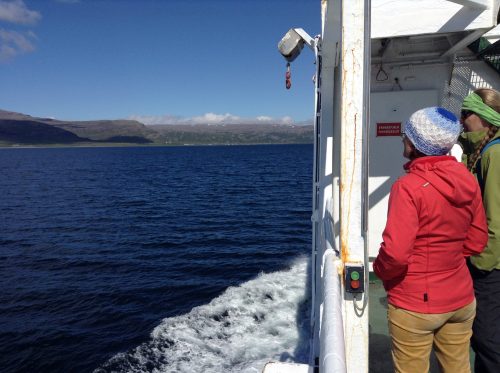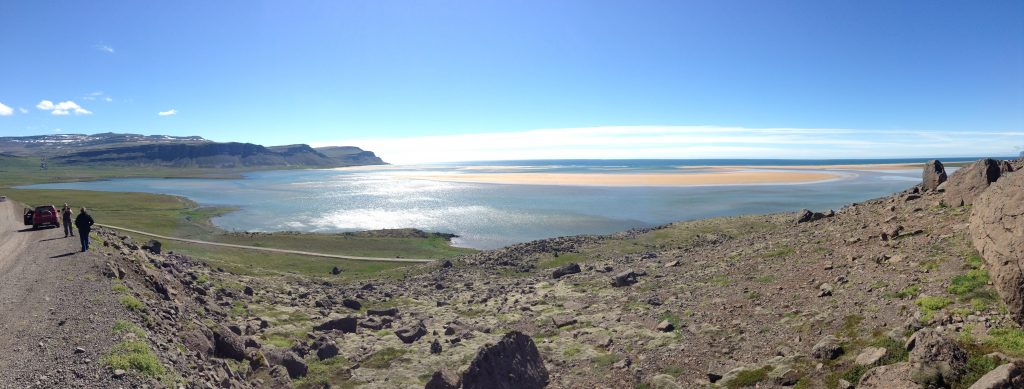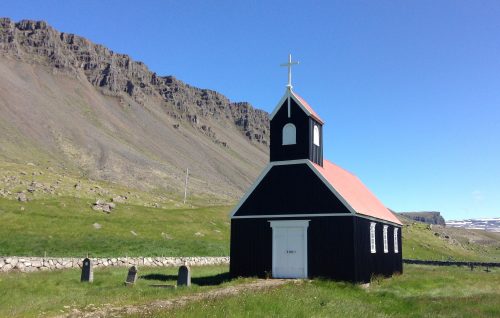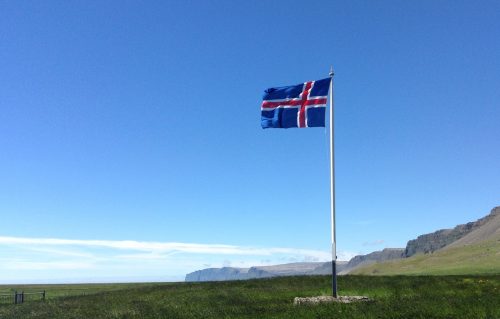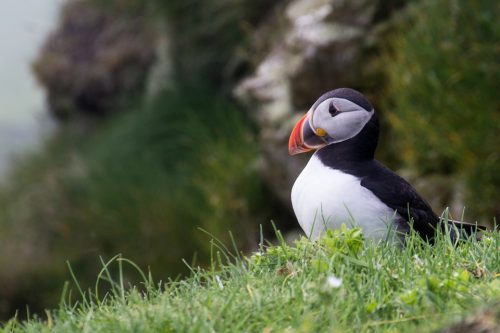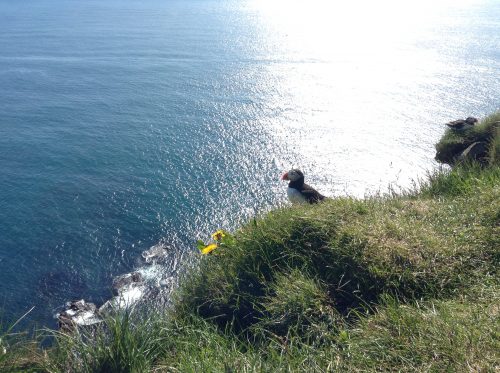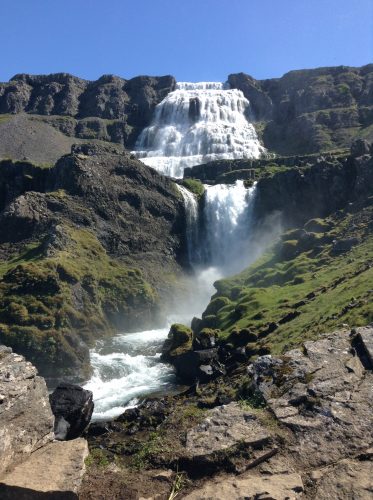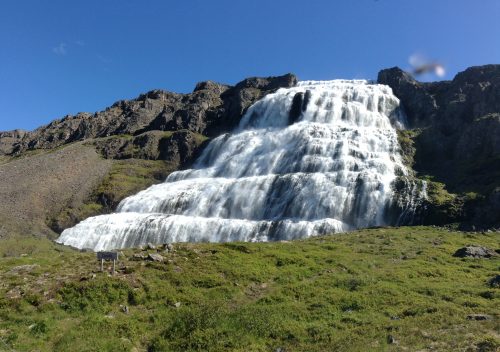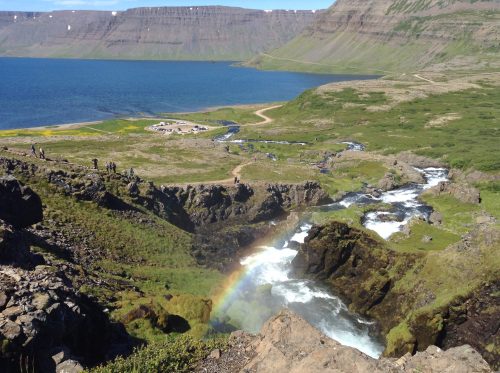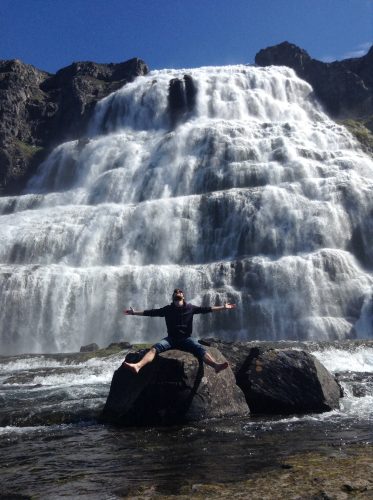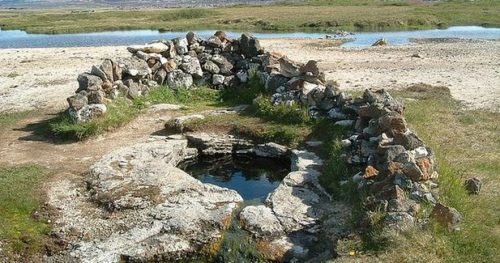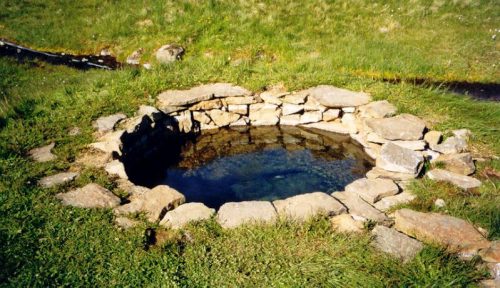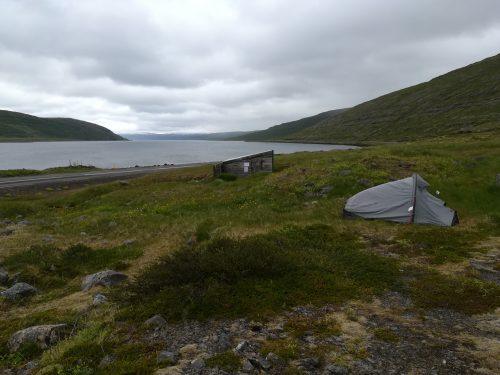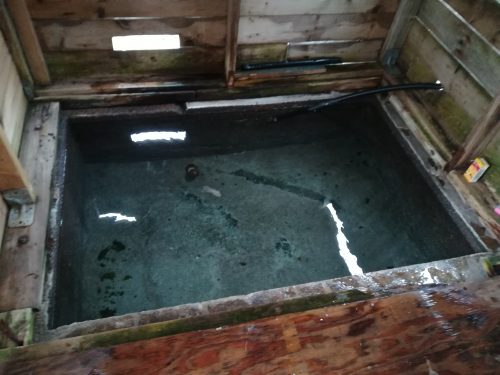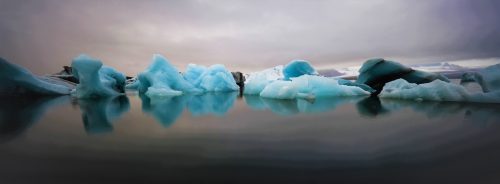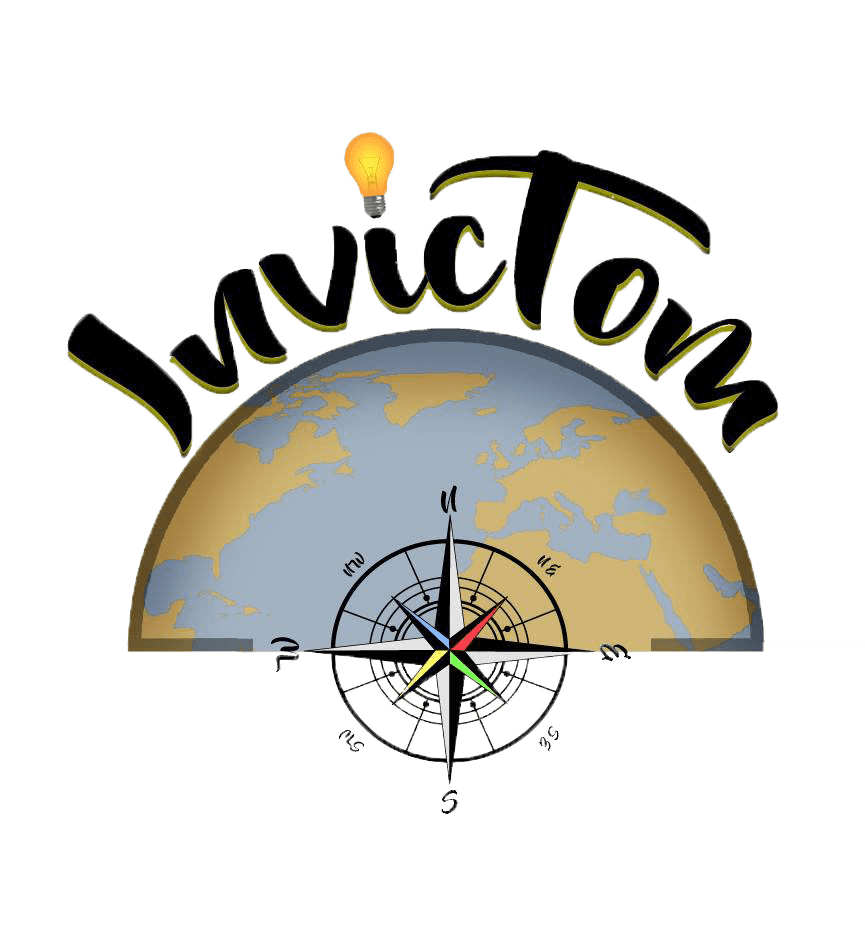Iceland. Literally the “land of Ice”, offers you some of the best scenery you could see in the entire world. With its huge variety of landscape, and its special forecast, you are guaranteed a memorable experience.
Down below you can read the full description of my trip to Iceland through 5 months of living over there. This article in particular covers all Iceland’s “western” parts that I’ve done. This is what you will find:
- My work time in Iceland
- The trek of Landmannalaugar
- Reykjavík & the golden circle
- The peninsula of Snæfellsnes
- The west fjords
If you’d like details about prerequisites and tips to travel in Iceland, I invite you to go back to the previous post that handles the whole subject: Prepare your trip in Iceland & Iceland Travel Tips.
Good reading !
The “eastern part” of my trip in Iceland? There
This interactive map has been created thanks to the awesome site travelmap.net, that I recommend if you’d like to create and share your own story
West part
The oncoming / joining the workplace
Right after landing in the country, I joined Reykjavík, where I stayed a night before going to the place I was about to spend the next 3 months. I had found beforehand a volunteering offer, via Helpx, located in the peninsula of Snæfellsnes, in the north west part. To reach it I had to try one of the main public transport in Iceland: buses. Everything works well as long as you’re around the capital. However, it becomes a bit infrequent as you go further and you need to be patient and to plan your itinerary carefully. Hopefully, if you use the application Strætó, which is the main tool to move around the country, you shouldn’t encounter any problems along the way. Once I finally reached the closest station of my destination, the manager with whom I was in contact picked me up and brought me to the workplace, Traðir Guesthouse.
3 months of work
The volunteering job quickly became a paid contract, and I was in charge of various tasks in the guesthouse. The other workers were all from Poland at the beginning, then two French and a Swiss joined the team to tame and take care of the horses.
My daily schedule :
- Opening the place in the early morning, cooking and serving breakfast while advising customers.
- Supervising departures and collecting keys.
- Changing sheets, cleaning the reception to help the afternoon team.
- Managing the reception, reservations, calls, visitors, and the bar.
I was swapping with the afternoon team at 3 P.M., then hurried myself to go wander with the horses until evening.
First trek – Landmannalaugar
I met Lorena during my experience in Snæfellsnes, a Swiss-german girl who shared my envy to hitch-hike all around Iceland while enjoying most of the treks along the way. Consequently, we teamed up and started this nice journey.
Starting from the peninsula we came back down to the capital, where we conscentiously prepared the well-known but yet tough, hike of Landmannalaugar. You can find the whole description of this awesome walk step by step, in the following article: Landmannalaugar. (SOON)
Skógafoss marks the end of the long trek that we did in 4 days, instead of 6, because the bad weather forecast didn’t allow us to stay where we initially wanted. We then hitch-hiked back to Reykjavík and prepared for the next step of our travel.
Reykjavík & the Golden Circle
It took us a few days to recover. We exploited these days to visit most of the capital and to ready ourselves for the next part of the voyage. It seemed quite logical to us to start by the nearest of Reykjavík before going on a huge trip. Thereby, we rented a car with some people that we had met to do the most touristic tour of Iceland: the Golden Circle, which is composed of in 3 places.
- Þingvellir, designated as a UNESCO World Heritage Site, marks the crest of the Mid-Atlantic Ridge and the boundary between the North American and Eurasian tectonic plates. It is also the place where the Alþingi was created in 930.
- Gullfoss is known as one of Iceland’s prettiest waterfalls. Located in the canyon of the Hvítá river, it abruptly plunges in two stages to create this impressive fall. Its name means Golden Fall, because of the rainbow that often appears above.
- Geysir, where we can discover the geyser Strokkur, which typically erupts every 10 minutes or so. Its usual height is 20 metres, although it can sometimes erupt up to 40 metres high.
Beginning of the Road trip – Coming back to Snæfellsnes
We chose to do the tour clockwise, but it is also possible to make it anti clockwise, depending on your priorities! We started by going away from the city using the bus network, and then began to hitch-hike. Almost immediately, an Icelandic stopped and picked us up. Not only did he bring us up to the peninsula, but he also made an historical tour without going through the tunnel of Hvalfjörður. We even stopped on the way to discover the short hike of Botnsdalur, which we wouldn’t have done without him!
Being back at Snæfellsnes, we didn’t stop at Traðir and kept going through the whole peninsula. All of this section is often called the “miniature Iceland” because it regroups all the country’s different kinds of environment. This part is especially known by the volcano Snæfellsjökull, one of Iceland’s symbols located at the western end of it. A glacier is covering up at its top and it may be seen from the city of Reykjavík at a distance of 120 km. The volcano became also quite popular because it serves as the entrance to the subterranean journey in Jules Verne’s classic novel: “Journey to the Center of the Earth“.
On the peninsula can also be found:
- The natural lookout of Ytri Tunga (1)
- the pretty and lonesome black church of Búðir (2)
- Hellnar and Arnarstapi, the fishermen villages with the pretty walk connecting the two (3)
- The black sand beach Djúpalónssandur (4)
- The little mountain of Kirjufell, claimed to be the most photographed mountain in the country. (5)
- The city of Stykkishólmur, from where the ferry leaves to the west fjords, and known as well for the mythic scene of the bar in the movie “The Secret Life of Walter Mitty“.
The West fjords
You can choose one out of two paths to join the west fjords. The first one requires you to go along the coast by car, but some sources told us that it wasn’t an interesting way. Thus we chose the second path, which is a shortcut through the bay by a ferry from Stykkishólmur.
On its way, the ferry makes a short stopover at the little island of Flatey, where it is possible to land and even to spend a night, waiting for another ferry.
The west fjords are really rich, by their nature and the amount of various animal species that they foster. In order to not miss any spectacular viewpoint and fully go around (except the trek of Hornstrandir which adds a few days by itself), you can count 3 days, at least.
Immediately after landing at the fjord, and because we had used the crossing to ask every passenger on board for a lift, we took off with an Italian couple. We headed to the beach of Rauðisandur, literally “the red sand beach”. This place is quite magical and forces you to cross a mountain peak before reaching it. The view is stunning and the beach dazzling, it’s definitely worth the detour.
We then moved towards Látrabjarg, an incredible spot that you should see by all means. The cliffs are known to be located at the westernmost point of Europe, but are especially famous for the millions types of birds which live there. Photography lovers are in paradise:
- Arctic terns
- Razorbills
- Skuas
- Eider ducks
- Guillemots
Of course, the stars of the show are the Atlantic Puffins, usually quite rare, they can be seen in abundance at Látrabjarg.
On our way to do the western fjords tour, we discovered Patreksfjörður and joined the well-known fishermen city of Ísafjörður. Slowly we went down to Hólmavík, and enjoyed heaps of beautifuls stops along the way.
- The huge and impressive waterfall Dynjandi, literally “the mountain’s waterfall”. With a height of 99 meters and a width that reaches 60 meter, it is definitely one of my favourite sites! There are also numerous species of birds.
- The hot springs, that you can easily find in those fjords, some of which are completely isolated in nature!
- The Arctic Fox Center in Súðavík. Even if the price is relatively high for the size of the museum, you’re contributing for the preservation of the species. You can discover all the fascinating experiences about its evolution.
- The museum of Icelandic Sorcery & Witchcraft in Holmavik. I had a real soft spot for it ! The place doesn’t look luxurious, but puts together all the entire mystical story linked to the runes, beliefs and magic of all kinds from the Scandinavian culture.
